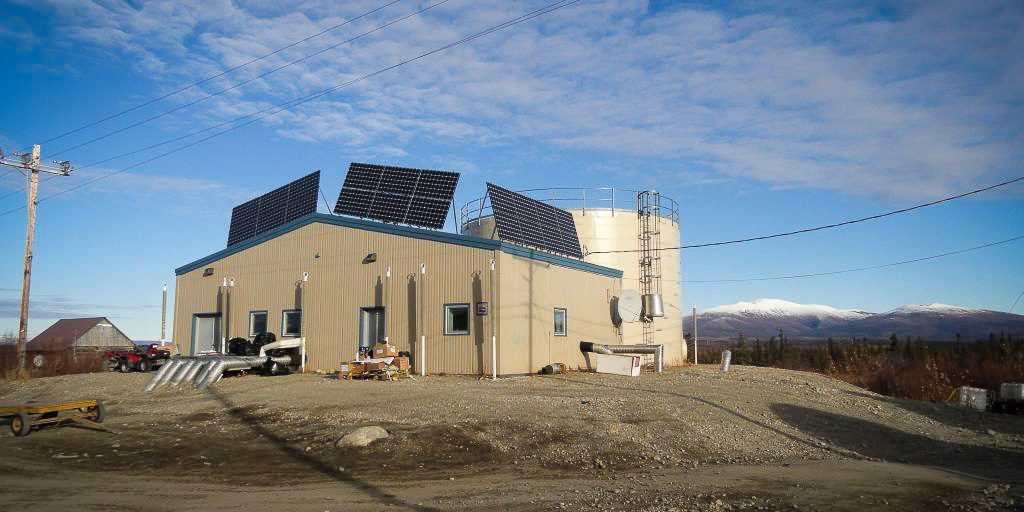Representative Mary Peltola held her inaugural tele-town hall meeting on Tuesday, August 29th, focusing on the exorbitant energy costs across the state and addressing public concerns regarding energy. The meeting, initially announced on August 9th, was recently updated to be exclusively phone-based, expanding accessibility to all Alaskans.
Rural communities in Alaska contend with some of the highest costs of living in the United States. The Alaska Village Electric Cooperative reported that rural households allocate nearly 27% of their annual income toward home energy, compared to 7% in urban areas. The Alaska Energy Authority reports that rural electricity prices can be three to five times higher than those in more urban parts of the state. Notably, residential, commercial, and industrial electricity prices in Alaska surpass the national average by several dollars.
Representative Peltola attributed this to several factors contributing to higher energy expenses in rural regions.
“Rural areas face unique costs due to a lack of connected energy grids, and the significant expenses associated with transporting diesel and operating diesel-powered plants.”
To counteract these prices, Peltola advocates for substantial infrastructure projects in the state and renewable energy initiatives in rural regions.
“The expansion of the Port of Nome will increase the ability to to transport goods and fuel more efficiently to Northwest Alaska, and is an important way of reducing costs. We must also explore ways to support efficient microgrids in rural areas, such as hydro, wind, or even micro-nuclear projects.”
Peltola emphasized that supporting infrastructure projects like the Port of Nome and Willow not only generates employment opportunities but also aids residents in meeting their energy requirements. She exemplified the LNG project, a proposed gas line spanning 807 miles, transferring natural gas from Arctic Circle oil fields to southern parts of the state.
“It’ll be one of the biggest booms for Alaska and American workers in a generation. This project would create tens of thousands of good paying jobs in Alaska under a project labor agreement, as well as 1000s of permanent jobs and operations. It could create tens of thousands of well-paying jobs in Alaska. It will stimulate economic development and affordable energy infrastructure, as revenues are reinvested in affordable energy projects.
A 2018 report from the Denali Commission reveals that rural areas consume half as much energy as regions with access to natural gas or hydro power, such as Anchorage and Southeast Alaska. The report also highlighted the struggles faced by many rural Alaskan families who find it challenging to both heat their homes and provide for their families.
The high costs in remote areas are often linked to diesel prices, as many homes in rural regions rely on diesel fuel. Peltola acknowledged that this puts significant financial strain on families who have to manage both sewer and electric bills.
“When you’re looking at $1,000 in electric and sewer bills, it’s a bit daunting.”
As of March 2023, Alaska’s residential energy averaged 24.86 cents/kWh, compared to the national average of 16.14 cents/kWh. Commercial energy costs 21.45 cents/kWh in the state, in contrast to the national average of 12.31 cents/kWh. Industrial energy in Alaska averages 20.28 cents/kWh, while the national average is 7.75 cents/kWh.
In November of last year, Nome residents witnessed a 12% surge in electricity expenses, with the cost per kilowatt rising from 35.7 cents to 44.5 cents. According to Find Energy, a company comparing electricity providers and solar installers in the United States, Nome’s average residential electricity price stands at 35.9 cents, compared to the national average of 16.14 cents. The typical monthly residential power bill in the nation is $131.12, while Nome’s average is 20.67% higher at $158.22.
In 2022, about 33% of Alaska’s total electricity was generated from renewable sources. The state aims, though not binding, to derive 50% of its electricity from renewable and alternative sources by 2025. Peltola explained that future plans for integrating renewable energy are contingent on utilizing and profiting from the LNG resource.
“That would enable us to transition to renewables, which is a huge investment. Building up a large grid or having small communities having different kinds of renewable projects, that’s going to take a lot of investment. And something like a que LNG is really kind of the only project on the horizon that that we could use to get that kind of investment.”
The telephone meeting facilitated discussions between Representative Peltola and rural Alaskans about their energy cost concerns. Individuals whose questions went unanswered during the meeting had the opportunity to leave voicemails, giving Peltola’s team to respond individually.
Photo at top: Solar Panels in Shungnak




